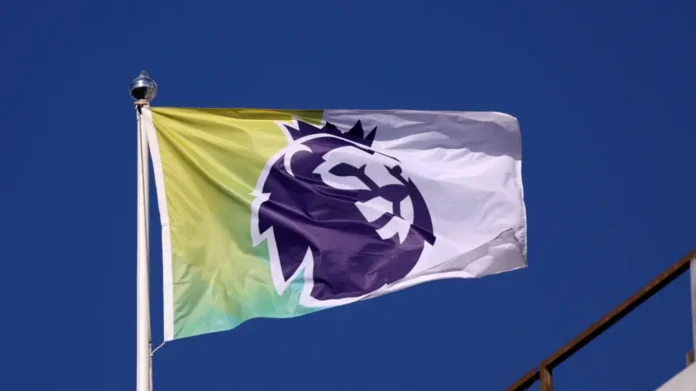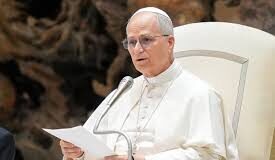The Premier League will from next season move to a new system of financial fair play based on squad costs.
The clubs met in London on Friday to vote on three possible methods of replacing Profit and Sustainability Rules (PSR).
Squad Cost Ratio (SCR) got 14 votes in favour and six against, which is the minimum number that is required to exact a rule change.
The overall squad costs of clubs from next season will have to be limited to 85% of revenue, although teams competing in Europe will have to adhere to Uefa’s maximum of 70%.
Squad costs comprise player and manager wages, transfer fees and agents’ fees to 85%.
Rules around sustainability, which set out a club’s financial spending plans over the medium and long term, were passed unanimously.
But anchoring, which would have placed a top limit on spending based on the money earned by the bottom club, failed to get the necessary support. Twelve voted against it, with seven in favour and one abstaining.
“The new SCR rules are intended to promote opportunity for all clubs to aspire to greater success and bring the league’s financial system close to Uefa’s existing SCR rules,” a Premier League statement read.
“The other key features of the league’s new system include transparent in-season monitoring and sanctions, protection against sporting underperformance, an ability to spend ahead of revenues, strengthened ability to invest off the pitch, and a reduction in complexity by focusing on football costs.”
What is squad cost ratio and how does it affect clubs?
Profit and Sustainability was about a club’s balance sheet of all revenues over a three-year period, while SCR is just about team costs on a seasonal basis.
Several clubs, in healthy financial positions, were happy with PSR and wanted to keep the status quo.
Bournemouth, Brentford, Brighton, Crystal Palace, Fulham and Leeds voted against the change.
The new rules will operate a dual system, with clubs in European competition having to adhere to Uefa’s SCR limit of 70%. A club could be sanctioned by Uefa but be compliant in the Premier League.
The higher limit is intended to protect the Premier League’s competitive balance, given the increased income received by those clubs competing in Europe.
Chelsea and Aston Villa were both given heavy fines by Uefa for breaches in the 2024-25 campaign, and that’s when the limit in Europe was 80%.
The Premier League has added some wriggle room, too, with a multi-year rolling allowance of 30% that permits clubs to spend beyond the limit. It allows clubs to invest ahead of revenue and variance or sporting underperformance.
An assessment is made each March, and the allowance is crucial to determine possible sporting sanctions applied in the same season.
The 85% marker is known as the Green Threshold. Spend above that and you get a financial penalty.
The Red Threshold is 85% plus the allowance. Go beyond that, and it’s a fixed six-point deduction which increases by one point for every £6.5m spent over the Red Threshold.
Think of it this way. Every club will start next season on 85% + 30% allowance, so effectively 115%.
Any clubs that spends above 85% will face a fine, but you would need to be in excess of 115% for a sporting sanction.
But those percentages will change for 2027-28.
Let’s say a club spends 105% on their squad next season. That means they have used 20% of their allowance, and for 2027-28 their maximum spend before potential sporting sanction is 95%.
If a club spend less that 85%, they can increase the allowance again to the maximum of 30%.



















